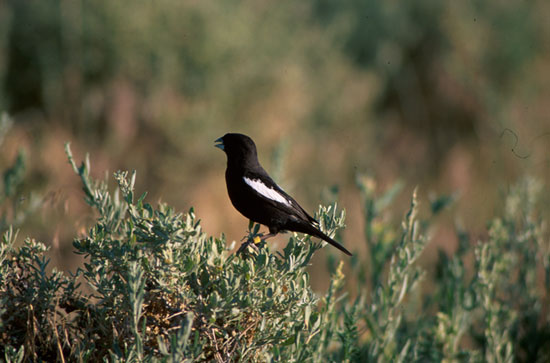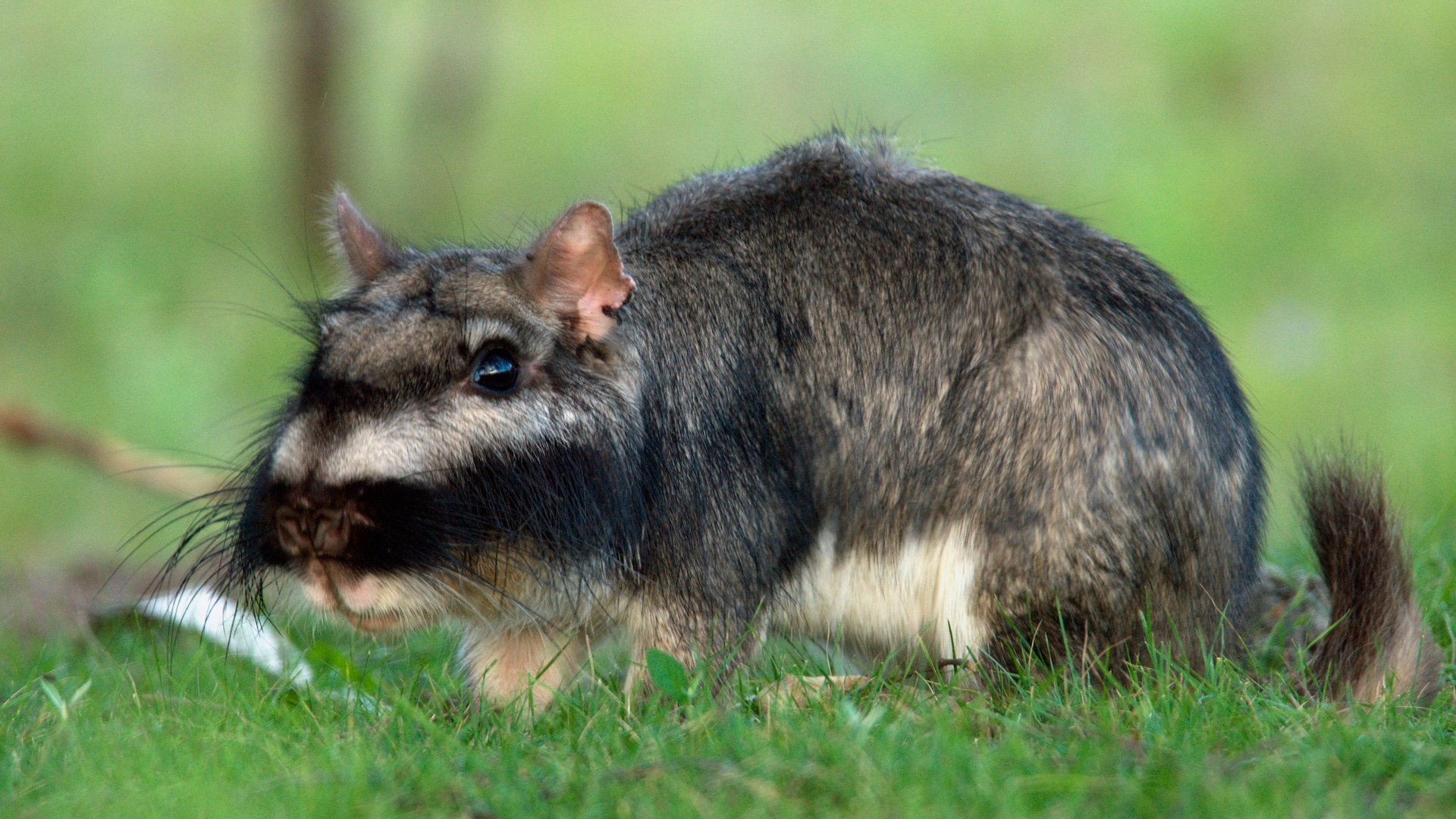Fashion Found Fleeting in Birds

Females are thought to have simple desires in the animal kingdom — showy tail feathers, big horns, maybe a catchy song — so males tend to exaggerate such ornaments to outdo their competitors.
But now it seems trendiness plays a role. What is sexy among male songbirds on the Great Plains, whether it be flamboyant plumage or a large beak, changes depending on what females consider fashionable that year, new research shows.
These findings shed new light on how the battle of the sexes can ultimately shape a species.
Hanky-panky
Scientists investigated the lark bunting (Calamospiza melanocorys) on the Pawnee National Grasslands in Colorado. (The lark bunting is the state bird of Colorado.) With bright white wing patches and a mostly black body, the male lark bunting cuts a distinct figure on the Great Plains.
In the animal kingdom, the traits that females like in males are usually assumed to remain the same over time, with males then exaggerating their ornaments to best win females over. But when it came to female lark buntings, the researchers found females' preferences varied over time.
"We had to conduct studies every year over several years before we could see what was going on," said researcher Bruce Lyon, an evolutionary biologist at the University of California, Santa Cruz.
Sign up for the Live Science daily newsletter now
Get the world’s most fascinating discoveries delivered straight to your inbox.
Over the course of five years, the scientists dodged rattlesnakes and cacti on the prairie to monitor the songbirds, tracking five characteristics of the male birds' plumage, such as body color and wing patch size and color, as well as three measures of size, such as body mass and beak size. They then followed how successful each male was at wooing females and ran paternity tests to confirm their observations. Females choose a new mate each year.
"It's almost like following a soap opera," said researcher Alexis Chaine, an evolutionary biologist now at the French National Center for Scientific Research. "You get to know the individual birds quite well, and they all have their own personalities, got quirks, and you see the hanky-panky that goes on."
Tastes vary
The researchers found that sometimes a trait such as beak size was important to females one year and not important in other years.
"We also saw reversals — for example, one year the females preferred males with bigger wing patches, and the next year they preferred smaller wing patches," Lyon added.
The scientists conjecture that female tastes may vary depending on what is going on in the world around them, which could affect how successful the pair will be in nesting. "If the prairie is overrun by ground snakes, for example, female birds might choose the most protective males — signaled by, say, wing-patch size," Chaine explained.
These findings could have broad implications for our understanding of how sex can help drive evolution. "We expect to find similar situations in quite a few species, particularly ones where the needs of females change from year to year, and where females regularly choose new partners," Chaine told LiveScience.
The scientists detailed their findings in the Jan. 25 issue of the journal Science.
- 10 Amazing Things You Didn't Know About Animals
- Men Pay the Ultimate Price to Attract Women
- Images: Rare and Exotic Birds











